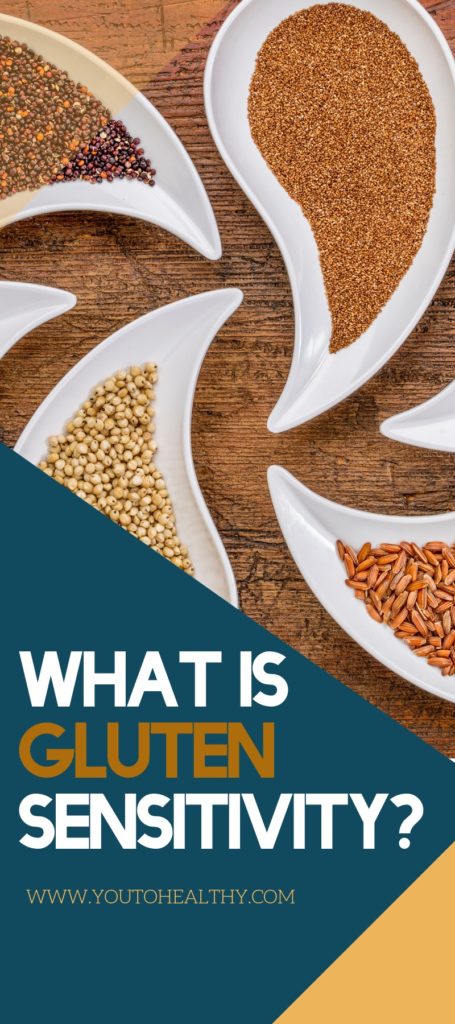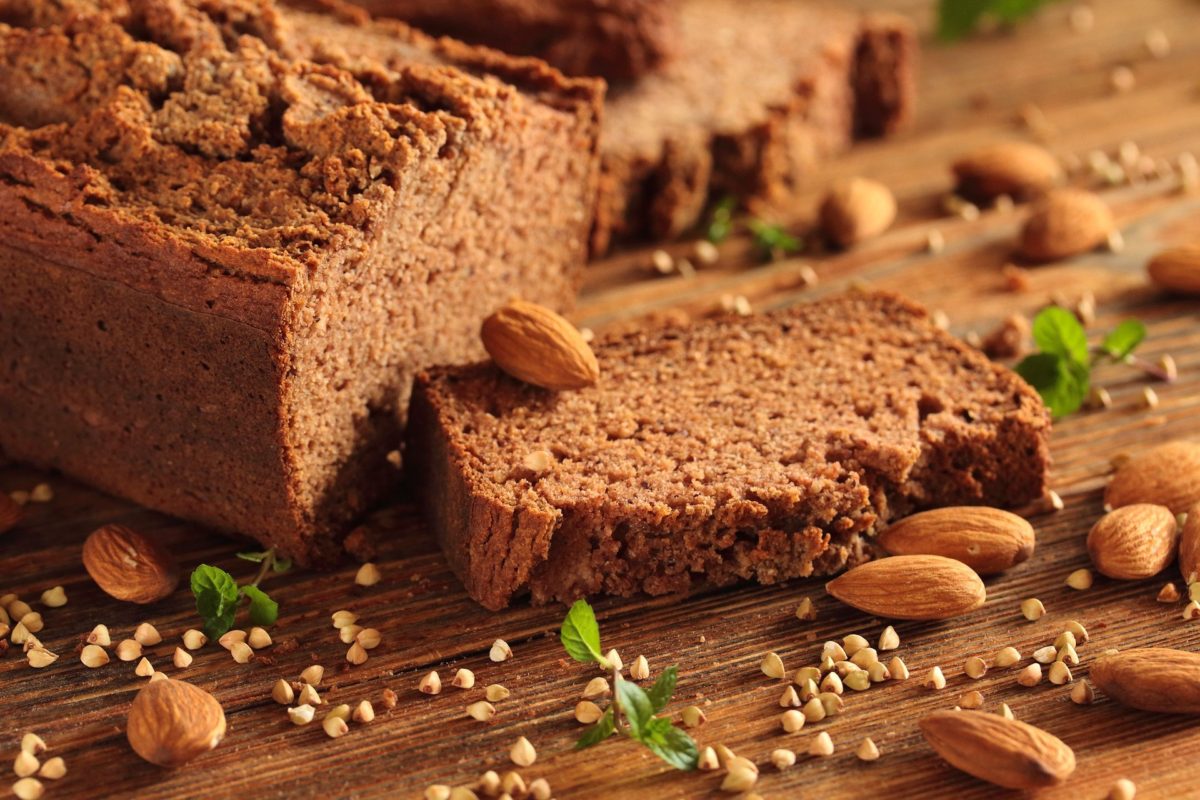Many people use gluten-free diets to lose weight, but there is a growing number of people who are allergic to gluten. This means changing your diet completely to avoid an allergic reaction, which can go from mild to serious. This can be the difference between gluten sensitivity and Celiac Disease, even though they share a lot of symptoms.
I have gluten sensitivity as well as dairy intolerance, so my family mainly implements a vegan diet at home. It can be a struggle at times because everyone else is free of food allergies, so we have to find the right balance.
Each person and family is going to be different in this process.
Adjusting to Gluten Sensitivity
There is certainly an adjustment period when changing to a gluten-free diet. We had to go through all of our food, research what food we were able to buy and reorganize the kitchen to meet our needs.
I noticed a difference almost immediately after starting to eat gluten-free meals. The symptoms I had suffered from for so long seemed to be a distant memory. What made the switch more doable was that there is also a growing number of brands that cater to the gluten sensitive population by providing more gluten-free items.
For people like me, who are the only or one of the only gluten sensitive people in the household, I recommend having a space in the pantry and refrigerator for only gluten-free items.
This will help you identify your items more easily so they don’t get mixed up with everyone else’s. Also, I recommend getting tested by a doctor so that you can determine whether you have gluten sensitivity or Celiac Disease. This will help you going forward.
Living Without Gluten
For people who don’t understand gluten sensitivity, but may be experiencing the symptoms below, let’s talk about it.
So, what is gluten? According to the Celiac Disease Foundation, “gluten is a general name for proteins found in wheat, rye, and barley.” It can be found in many different types of foods. In terms of wheat, it can be found in “breads, baked goods, pasta, cereal, sauces, and salad dressings.” In terms of barley, it can be found in “malt, food coloring, soups, and beer.” With rye, it can be found in “rye bread, rye beer, and cereals.”
These are the main things to look out for when food shopping. Usually, the easiest way to avoid gluten is to follow a vegan diet. However, if that’s not something you’re interested in, there are many brands that have gluten-free options.
If you are experiencing certain physical and mental symptoms of gluten sensitivity, try to follow a gluten-free diet for a week and take note of what changes happen in that time. You may find that you don’t experience those symptoms anymore, or that gluten is not the issue.

Experiencing Symptoms of Gluten Sensitivity
Just so you can identify what symptoms you are having, here are some of the symptoms of gluten sensitivity, according to Beyond Celiac:
- Bloating, gas, or abdominal pain
- Diarrhea or constipation
- Nausea
- Headache
- Brain Fog
- Joint pain
- Fatigue
- Numbness in the arms, legs, or fingers
There is a difference between gluten sensitivity and Celiac Disease. Celiac Disease is an autoimmune disease, which is more serious than gluten sensitivity.
When people with Celiac Disease eat something with gluten in it, part of their small intestine gets damaged. This makes it difficult for those people to get the nutrients from the food they consume.
There is a longer list of symptoms for people with Celiac Disease. If you think you may have Celiac Disease, get in touch with your doctor to get a formal diagnosis.
According to Beyond Celiac, the following are symptoms of Celiac Disease:
- Abdominal pain
- Numbness in the legs
- Anemia
- Joint pain
- Infertility
- Dermatitis Herpetiformis
- Osteopenia
- Dental Enamel Defects
- Pale Sores in Mouth
- Delayed Growth
- Fatigue Migraines
- Weight loss
- Depression
- Gas
- Nausea
- Osteoporosis
Final Thoughts
Having a checklist of symptoms (like the one above) will make it easier to figure out if you have gluten sensitivity. Try to write down your symptoms as they are happening as well as what you ate right before you experienced those symptoms. This will help you narrow down what the cause is.
Managing gluten sensitivity is no easy feat, but knowledge is power. The more you understand how your body works and what symptoms you are dealing with, the easier it will be to recognize how to deal with it.
If you are looking for places to buy gluten-free products or brands that fit the bill, then check out part two of this two-part post.
Happy eating, my gluten-free warriors!




